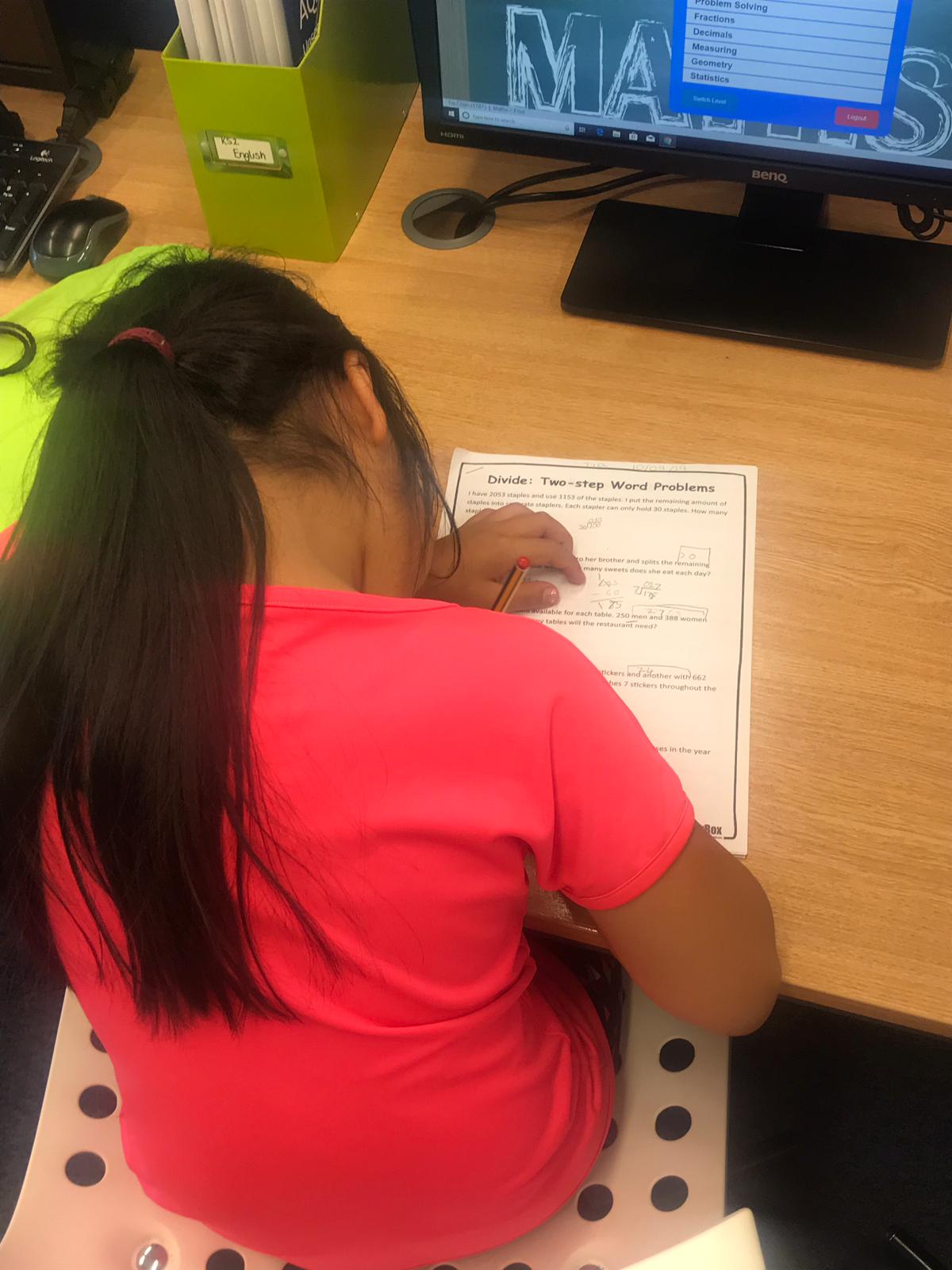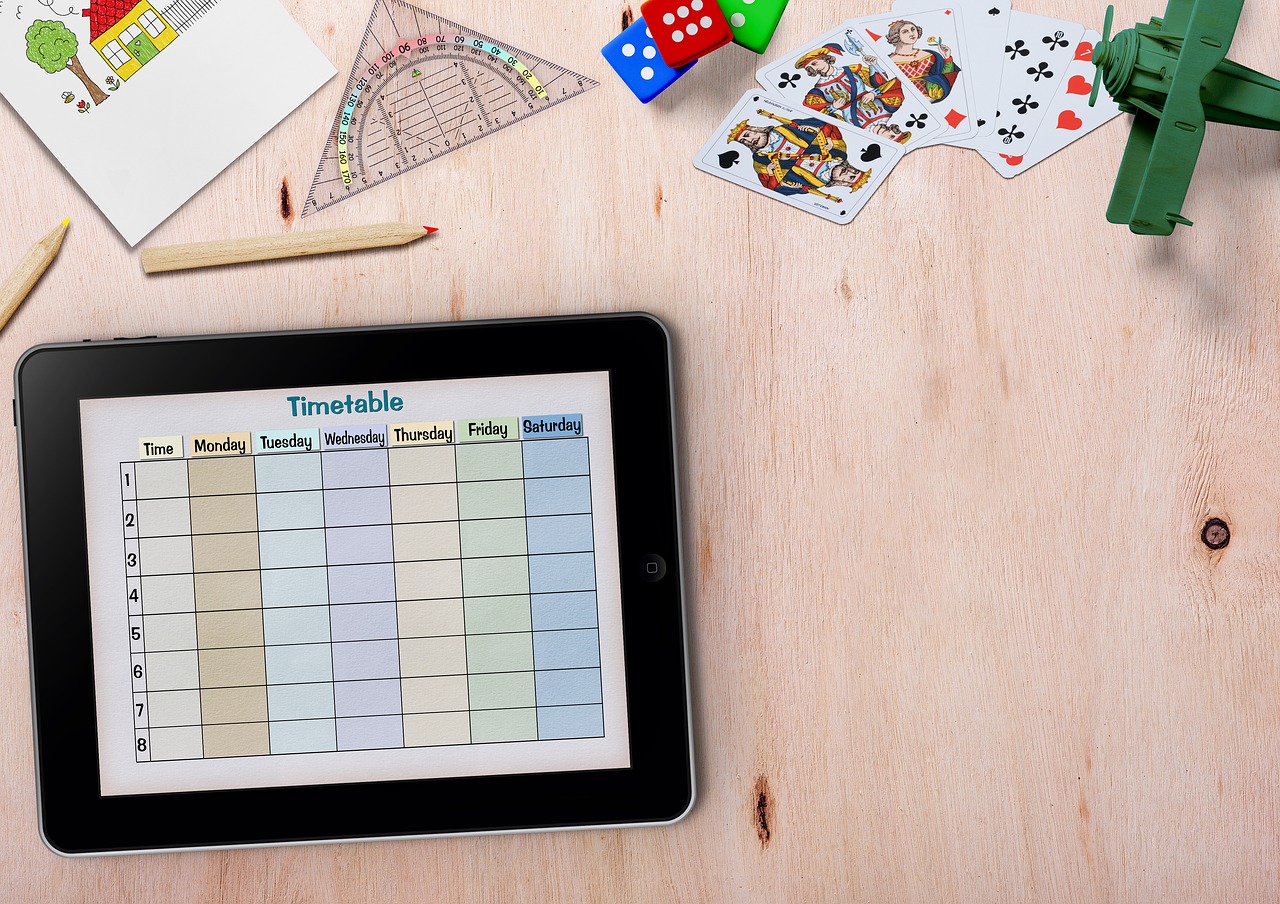Category Archives for "Blog"
Posts that have edge-case related tests
Posts that have edge-case related tests

It can be challenging coming up with new activities for children every day, but there are plenty of learning materials and games to play at home.

With children adapting to learning from a different environment, there are skills that can be developed from the comfort of your own home.

As a parent you can make spelling fun when testing your children on their spellings at home.
Try our 5 tips for teaching your children spellings:
For example, words ending in -ough can be grouped together: tough, rough, enough, cough… This will help your child with letter patterns, too!
By colour coding spellings it makes them more visual and fun to learn. You can group spellings with different colours, for example grouping the same letter patterns can help these to be remembered easier.
You can keep a note of the trickier spellings so they can be referred to and practiced regularly.
By doing a spelling test every week their spelling should improve. This will teach them a range of new spellings. Try to vary them, so there is a variety of different word being learnt.
Because
Element
Tedious
Suspicious

Life skills will benefit children later in life, so it could be useful to implement these early on.
They will teach your child valuable qualities, including being independent, taking care of themselves and learning.


Here’s how to make multiplying fractions easy:
When multiplying fractions, the numerators (number at the top) must be multiplied by each other. And the denominators (number at the bottom) must be multiplied by each other.
Multiplying fractions can be made easier by drawing out the values. This makes the values visible and clearer to be able to multiply.

Take for example:
1/2 x 1/3
The first step is to multiple the numerators (number at the bottom) by each other.
So:
1 x 1 = 1
The second step is to multiply the denominators (number at the bottom) by each other.
So:
2 x 3 = 6
Put the numerator over the denominator and the final fraction is:
1/6
The final step is to simplify the fraction. In this case, 1/6 can’t be simplified, so it remains as 1/6.


There are many games and activities to improve muscle memory, association and visualisation.
These will help children to actively engage whilst improving their memory.

It is one thing for a parent to encourage their child to read for pleasure, but it is important to teach them to appreciate it.
Here’s how:
Talk to your child about what they enjoy reading and writing about.
From this, you can try and gauge which genre they will be into.
There are so many children’s literature genres: fantasy, science fictions, mystery, non-fiction, fiction, traditional literature…
Once you establish the genre they are into, you can choose books together for your child to start reading.
Choosing a book too challenging may be off-putting for children who are starting to get into reading.
This is why it is vital to assess where your child is at before choosing what book they should read.
This includes the vocabulary used, the font size of the text and the length of the book.
Encourage reading to be an enjoyable part of your child’s routine. This can be done by setting a time every day for relaxing with a book.
This puts reading in a positive light, as it becomes a hobby or fun past-time.
If they are finding what they are reading easy, encourage them to progress to more stimulating books. This could be books with more challenging themes or more pages.
You can ask your child if there are any new words they have come across. They can make a list of these words and you can encourage them to use these in a sentence. This will expand their vocabulary.

Equivalent fractions are fractions with different numerators (the number at the top) and denominators (the number at the bottom), but they represent the same values.

So, equivalent fractions are fractions which look different from each other but they are the exact same value.
So:
2 x 2 = 4
3 x 2 = 6
This would become 4/6.
Teaching your child equivalent fractions at home is simple once you break it down.
Knowing that the fractions are the same value, but written differently is the most important rule.
Once this has been taught, then you can provide examples and explain why they are the same values.

There are many ways to support your child’s education from home, from setting a routine, to assisting with schoolwork.
Reading for pleasure with your child is beneficial for a number of reasons. It can expand their vocabulary, help pronunciation and boost creativity. If your child doesn’t need assistance with reading, try encouraging them to read a book for fun.
Take time to go through what your child is currently learning at school together. This can help them understand the material better and memorise it by going over it again. You can ask your child if they are finding anything challenging. You can also encourage them in the areas they are good at.
Activities like cooking and baking with your children will teach them valuable life skills, as well as being a fun activity to do together. There are plenty of useful activities that you can do together, like gardening, even household chores like tidying and hoovering.
Take the time to introduce new hobbies and help your child to find something that excites them. This can also be a nice activity that gives them a break from television, smartphones and tablets. Try asking them what they enjoy, whether they like drawing, sports or cooking, the options are endless!
There are many educational games you can play at home with your child, for example, like sudoku and crosswords, which you can find printouts of online! There’s also scrabble, which is good for helping with spelling and vocabulary. You can also make up your own word and number games to play.